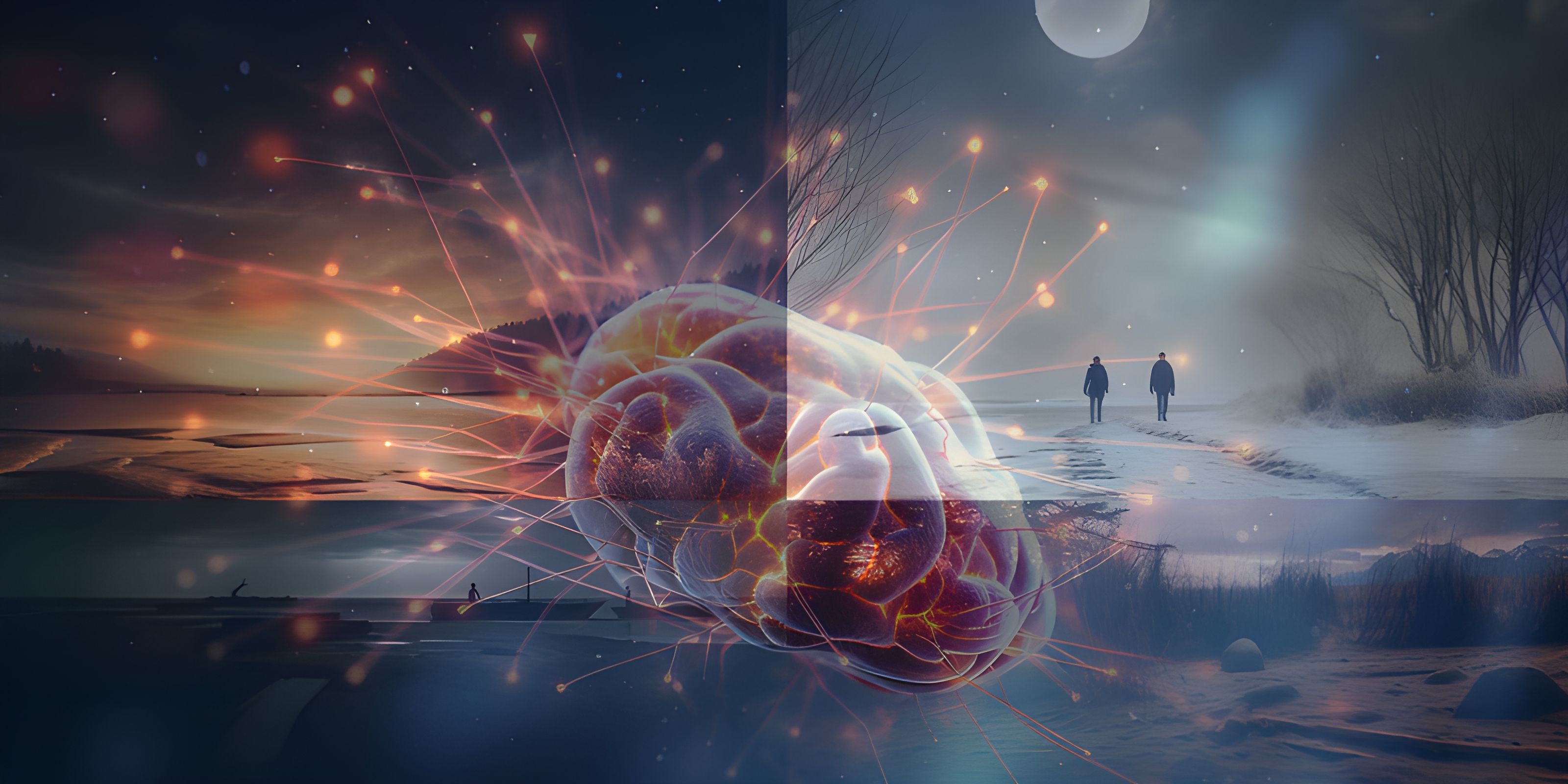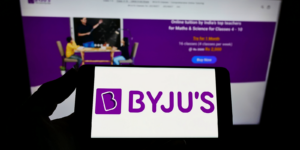
In a groundbreaking study from Kyoto, Japanese scientists have unlocked the potential to “read” dreams, revealing the images people visualise in the initial sleep phase. According to a report in the Science journal, the study exhibited a 60% accuracy rate in deciphering these images through MRI scans.
The project, spearheaded by Professor Yukiyasu Kamitani of ATR Computational Neuroscience Laboratories, explored dream decoding, particularly focusing on the early stages of sleep. Kamitani and his team were optimistic about uncovering particular aspects of dreaming through the study, and the results have lived up to their expectations.
Delving into the age-old human curiosity about dreams, the researchers devised a novel approach to understanding nighttime visions directly. Three volunteers participated in the experiment, undergoing MRI scans while they commenced their sleep. Each participant was briefly awakened as they began to fall asleep and was prompted to describe the images they encountered in their dreams.
Over 200 iterations of this process were conducted per participant, generating a robust database of dream images, ranging from bronze statues to keys and ice picks. The images were then categorised into broader visual groups. For instance, images of hotels, houses, and buildings were collectively classified as “structures”.
To understand the brain’s visual responses, the researchers conducted another set of MRI scans on the awake participants as they viewed different images on a screen. This exercise provided crucial insights into the brain activity patterns associated with each visual category.
Subsequently, in the follow-up sleep tests, the team was adept at identifying the general category of images appearing in the participants’ dreams with a notable 60% accuracy rate. The consistency between the MRI-obtained data and the participants’ verbal reports showcased the feasibility of decoding dream content from brain activity during sleep.
Energised by these promising results, the team is now eager to explore further, delving into the deeper sleep phases known for hosting more vivid dreams. They intend to expand the scope of their research to uncover various dream aspects, including emotions, smells, colors, and actions experienced in sleep.
Dr. Mark Stokes from the University of Oxford commended the research as “exciting” and acknowledged it as a significant stride towards developing dream-reading technology. However, he cautioned that any dream-reading system would need to be highly personalised, given the unique and idiosyncratic nature of brain activity and dreams among individuals.
While the notion of a universal dream-reading machine remains distant, the progress made by Kamitani and his team offers a fascinating glimpse into the possibilities of understanding and decoding the enigmatic world of dreams. The research paves the way for further exploration into the multifaceted realm of sleep and dreaming, with individualised approaches being paramount for future advancements in the field.
.thumbnailWrapper
width:6.62rem !important;
.alsoReadTitleImage
min-width: 81px !important;
min-height: 81px !important;
.alsoReadMainTitleText
font-size: 14px !important;
line-height: 20px !important;
.alsoReadHeadText
font-size: 24px !important;
line-height: 20px !important;











